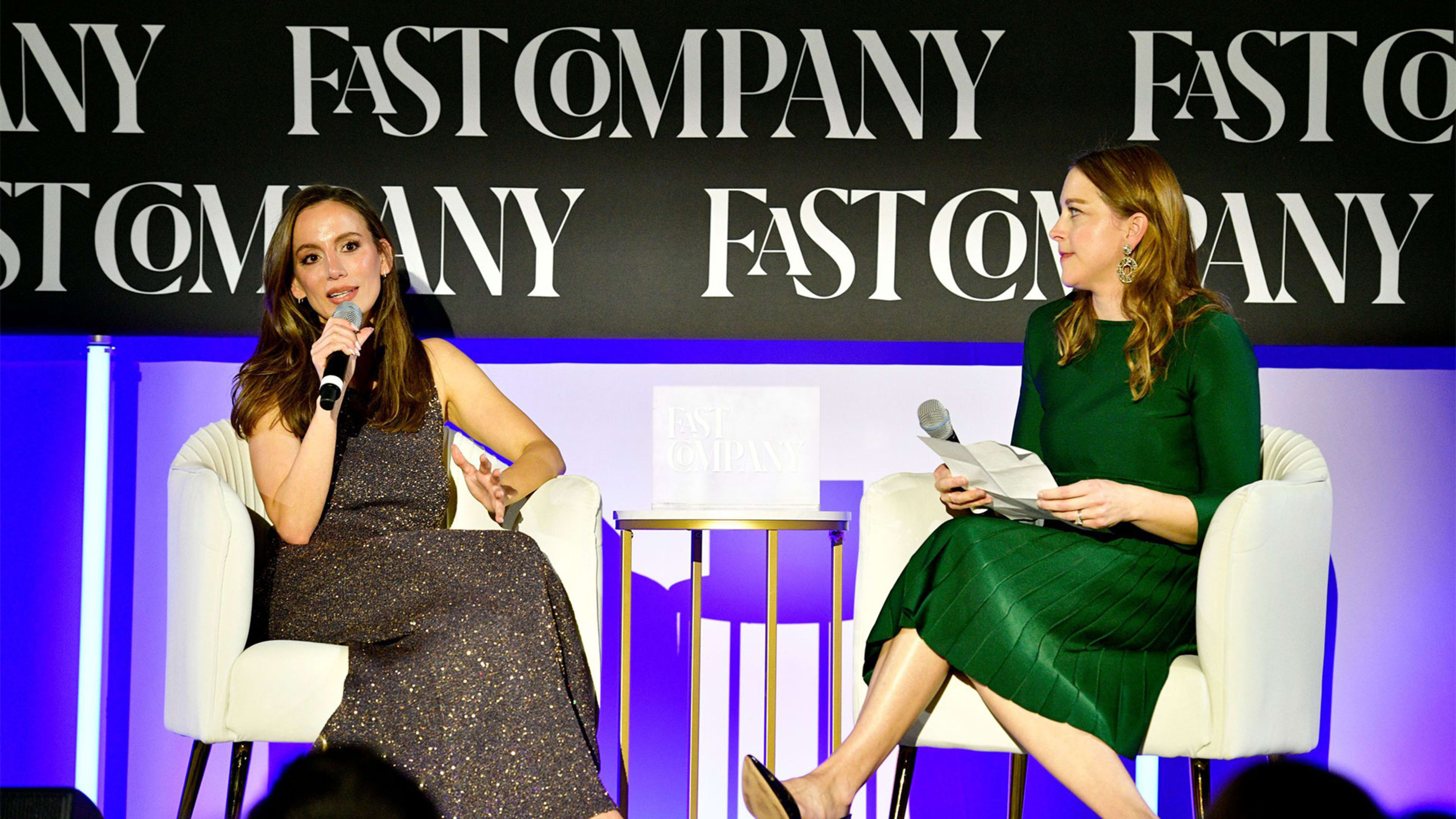A group of prominent AI critics published a petition last month calling for a pause in AI deployment. Some prominent tech leaders, including Elon Musk, have since joined the chorus.
Mira Murati, chief technology officer of OpenAI—No. 1 on Fast Company‘s Most Innovative Companies list for 2023—argues that their concerns are misplaced, at least in terms of the development taking place at the research lab she helms. Last night, at a dinner honoring the Most Innovative Company honorees, Murati pointed to the slow and deliberate rollout of GPT-4, OpenAI’s largest language model to date, as an example of the organization’s commitment to safety.
“The idea of a pause assumes that we deployed these models without a lot of care and sort of irresponsibly, but that’s really just not the case,” she told dinner attendees at Hall des Lumières in New York. “We build the model, and then we spend six months trying to align it with human goals and intentions.”
Even now, she added, there is still a waitlist for access to GPT-4 in order to ensure that OpenAI can evaluate “the limitations and the downsides” associated with each new prospective user.
Philosophically, she is also skeptical of the idea that AI can be safely developed within the confines of a closed lab. “It is tough to build these technologies in a vacuum, without contact with the real world,” she said. Feedback can “make the model more robust and safer.”
Murati also noted that making AI systems available to the public in an iterative way gives society a chance to respond and adapt.
Musk, despite signing the petition, has also said he plans to develop an AI chatbot dubbed “TruthGPT.”
Language model GPT-4 is the underlying technology behind ChatGPT, the viral chatbot that OpenAI unveiled last November. It attracted over a million users in its first week and has sparked a tidal wave of interest in generative AI.
Systems developed by OpenAI also power DALL-E, an image generator; Whisper, an audio tool; and Codex, a code generator. In addition, the company has partnered with Microsoft, its lead investor, to expand and reimagine the capabilities of products, including Bing and Github.
Recognize your brand’s excellence by applying to this year’s Brands That Matter Awards before the early-rate deadline, May 3.
